Why create meadow habitat along roadsides? What’s the point? Aren’t roadsides dirty, noisy and full of chemicals? Isn’t this poor habitat for pollinators?
We can all attest to the value of pollinators in our environment and that we need to do what we can to protect them. Pollinators are a big group, including native bees, flies, beetles, wasps, moths and butterflies. In simple terms, pollinators need to feed and breed.
Despite what you might think, meadow habitat along roadsides can be a very good thing for pollinators.
1. It’s A Lot of Habitat
 Roadsides present a huge opportunity of space. We have estimated there are approximately one million kilometres of rural roads with habitat potential in Canada. If every road had just four metres of width in meadow that is two million metres squared — a huge area of habitat. If this area was planted with a diversity of native wildflowers and grasses, this provides many resources for pollinators, birds, small mammals, amphibians and reptiles.
Roadsides present a huge opportunity of space. We have estimated there are approximately one million kilometres of rural roads with habitat potential in Canada. If every road had just four metres of width in meadow that is two million metres squared — a huge area of habitat. If this area was planted with a diversity of native wildflowers and grasses, this provides many resources for pollinators, birds, small mammals, amphibians and reptiles.
2. It’s A Lot of Food
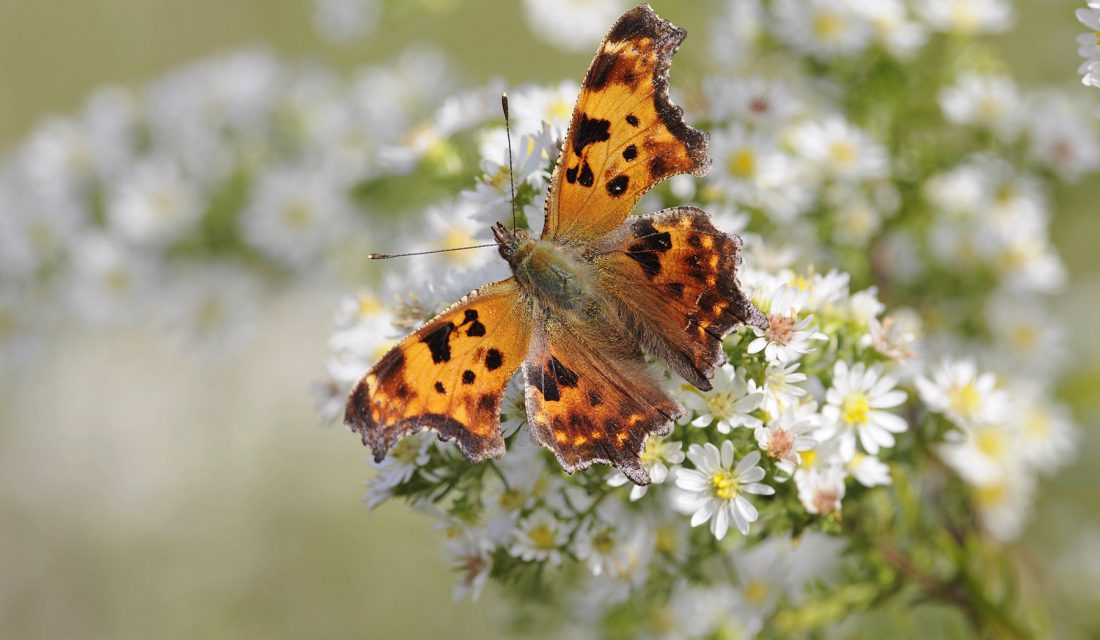
The wildflowers provide pollen and or nectar for a variety of pollinator species. Both the grasses and forbs — flowering, non-grassy plants — provide host plants for caterpillars, butterflies and moths. Bee species utilize the roadsides for nesting, particularly ground nesters, as the soil is undisturbed compared to adjacent disturbed land uses, such as farm fields.
3. It Connects Habitats
 Roads are linear and provide connections between fragments. These roads become travel corridors as well as feeding sources.
Roads are linear and provide connections between fragments. These roads become travel corridors as well as feeding sources.
4. It Offers Different Blooms for Different Life Stages
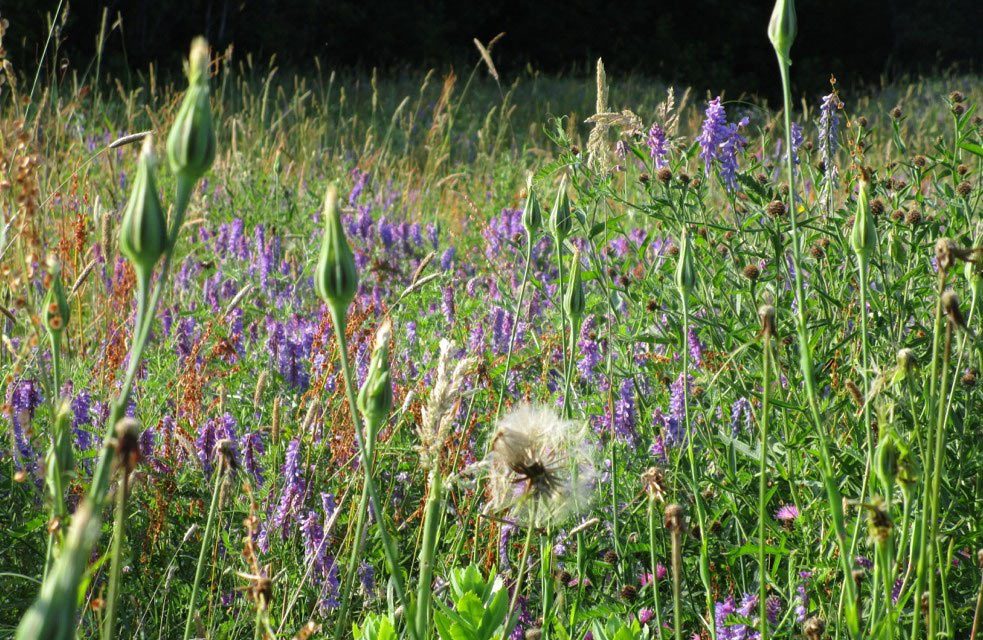 Roadside meadows can provide a variety of flowers. They bloom at different times of the year to support the life cycle of various pollinators.
Roadside meadows can provide a variety of flowers. They bloom at different times of the year to support the life cycle of various pollinators.
5. It Creates a Green Buffer
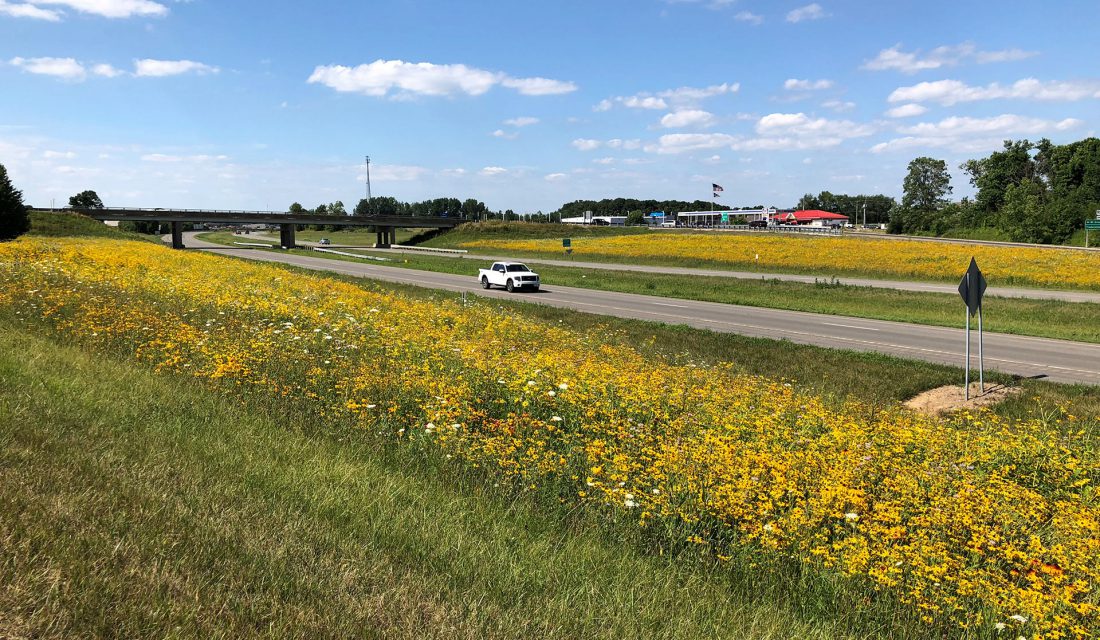 The highest exposure to dust, noise and pollution is found within the first two metres of road edges. Concentration decreases with distance from the edges. Many road managers are obligated to mow a safety strip of approximately two metres. This allows for great visibility and safety conditions. If native plants are allowed to grow unmowed outside of this zone, there is great potential for meadow habitat.
The highest exposure to dust, noise and pollution is found within the first two metres of road edges. Concentration decreases with distance from the edges. Many road managers are obligated to mow a safety strip of approximately two metres. This allows for great visibility and safety conditions. If native plants are allowed to grow unmowed outside of this zone, there is great potential for meadow habitat.
6. Choosing the Best Roads
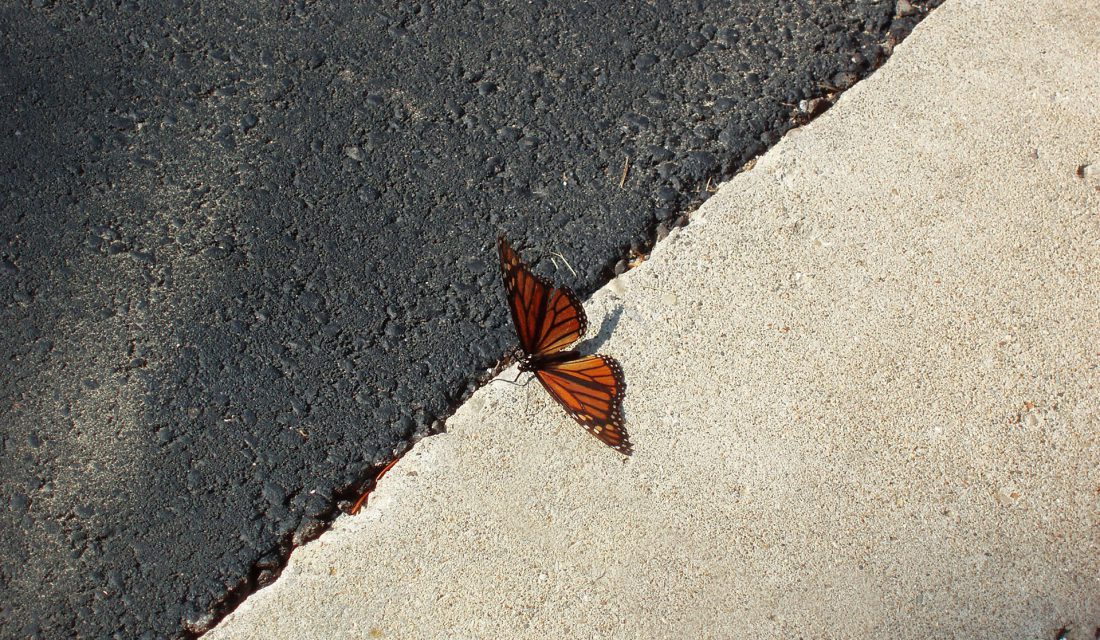 Pollinator habitat is best suited to roads with lower speed and volumes of cars. This means no planting of 400-series roads. Also, planting of medians should be avoided. Medians encourage pollinators to crossing of traffic lanes, which is dangerous for pollinators.
Pollinator habitat is best suited to roads with lower speed and volumes of cars. This means no planting of 400-series roads. Also, planting of medians should be avoided. Medians encourage pollinators to crossing of traffic lanes, which is dangerous for pollinators.
7. Pollinators Stick to Safer Areas
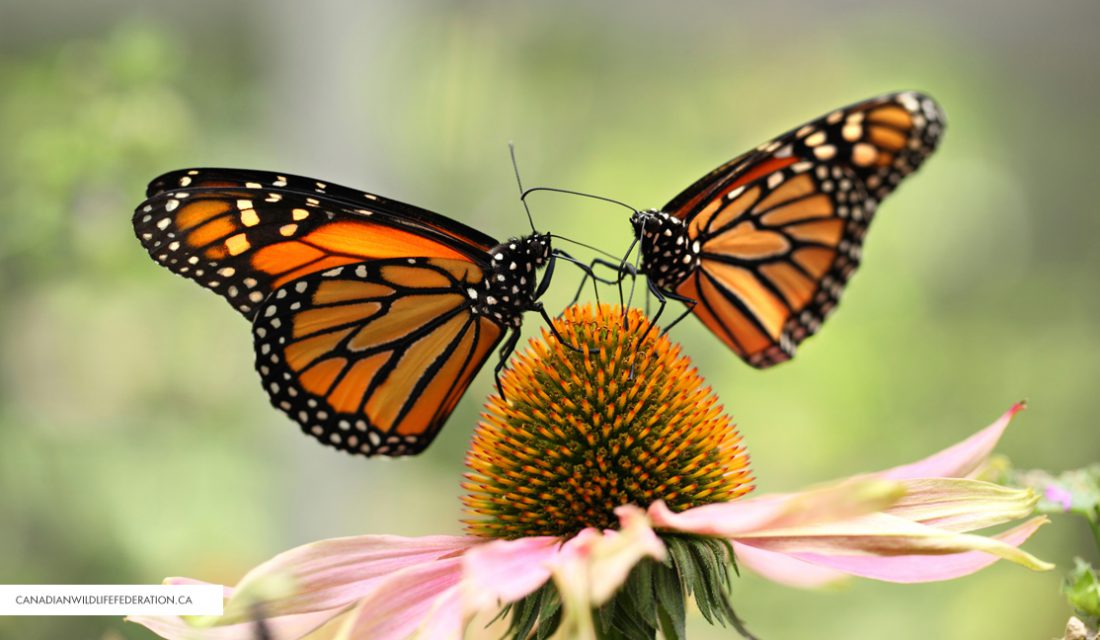 Adult pollinators are mobile. They can select to forage in areas with better resources and less dust, noise and turbulence. Some suggest that pollinators actively avoid areas of high metal concentration. Smart!
Adult pollinators are mobile. They can select to forage in areas with better resources and less dust, noise and turbulence. Some suggest that pollinators actively avoid areas of high metal concentration. Smart!
8. Larger Pollinators are Less Affected
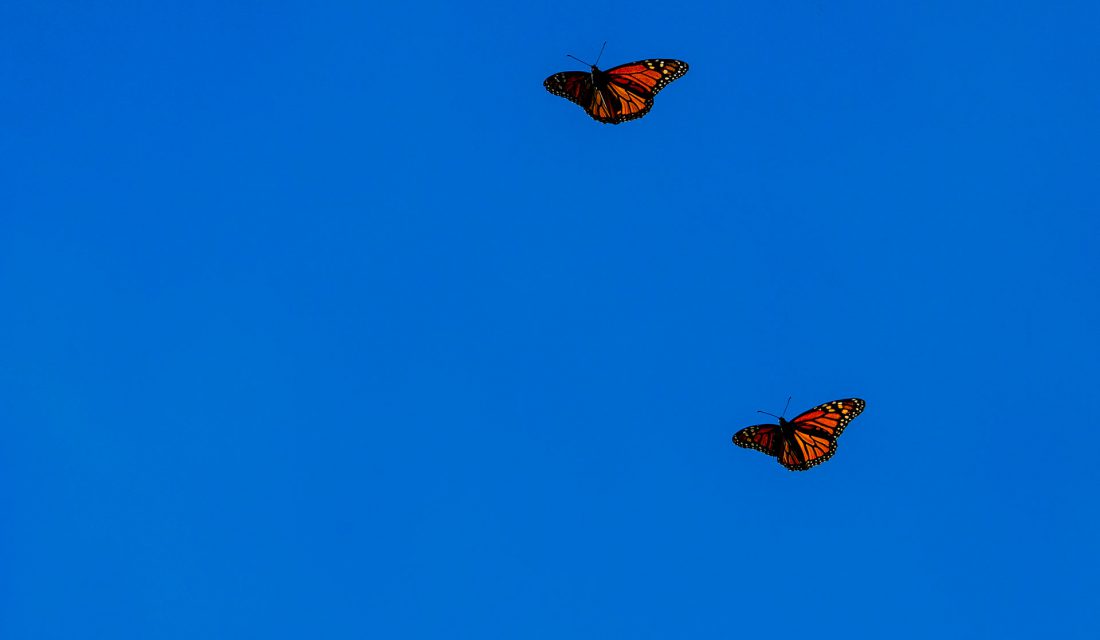 Larger bees and butterflies are likely less affected by roadside turbulence due to their larger body size.
Larger bees and butterflies are likely less affected by roadside turbulence due to their larger body size.
9. They Adapt to Noise
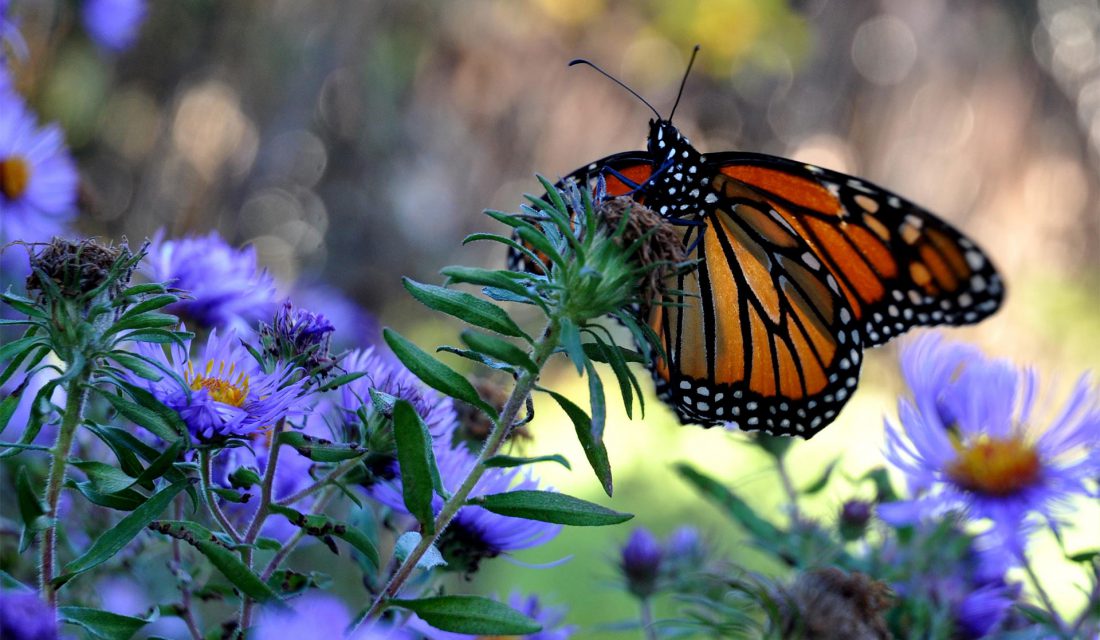 Monarchs have been shown to have an initial increase in heart rate with noise, however, they adjust to this within seven to 12 days.
Monarchs have been shown to have an initial increase in heart rate with noise, however, they adjust to this within seven to 12 days.
10. Monarchs Not Bothered By Heavy Metal
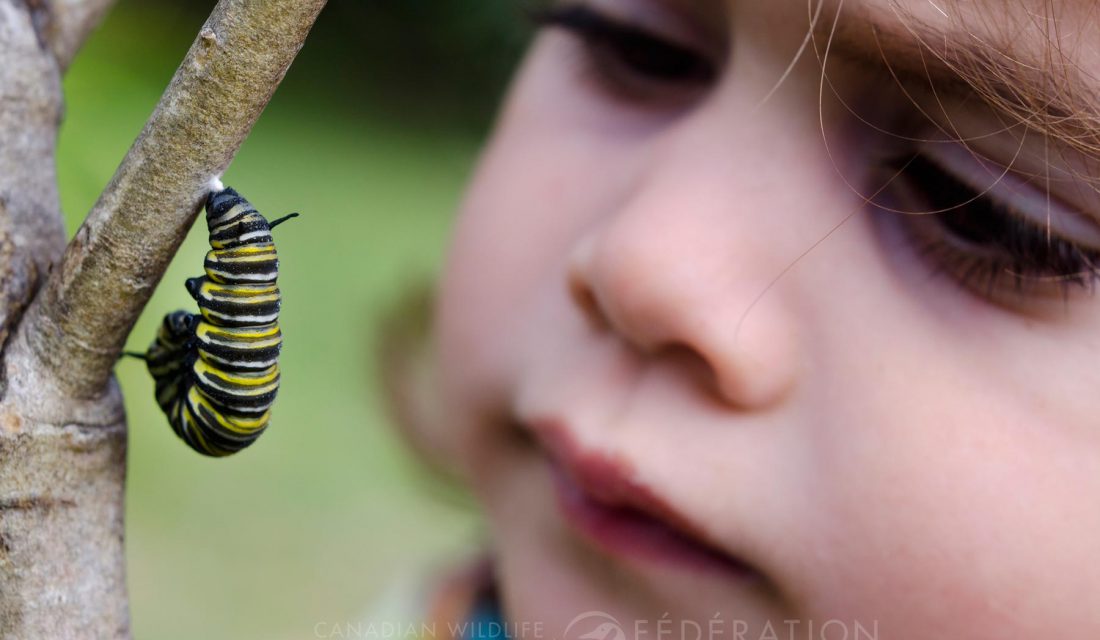
Monarch caterpillars that had levels of 10-66 parts per million of zinc in their bodies (from eating roadside plants) showed no detectable changes in survival.
Many more studies are needed to dive into the specifics of how individual types of pollinators respond to specific chemicals, however, at present, these habitats show great promise for supporting our pollinators. By using a thoughtful approach to mowing and herbicide application, we can boost these habitats for pollinators.


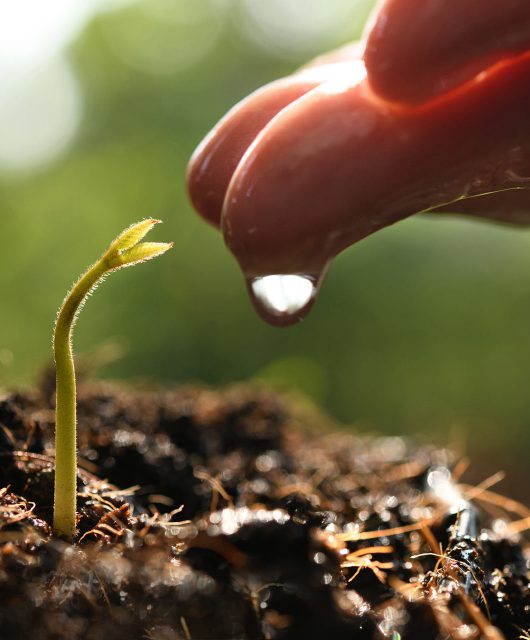
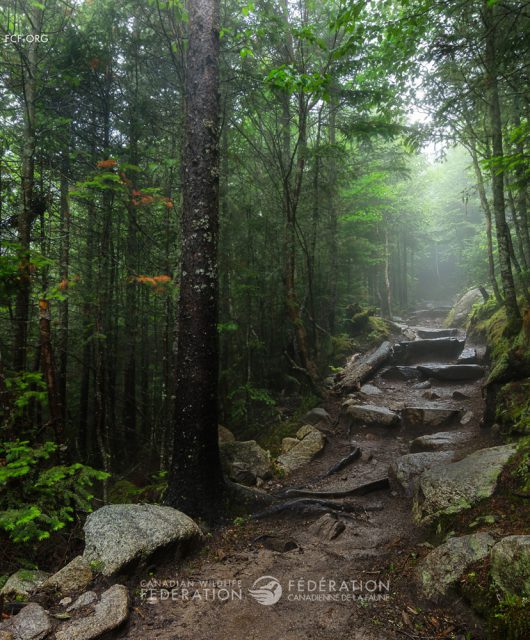
3 comments
Our roadsides used to be a thing of beauty as you travelled along them. What happened?
Helpthemonarchs.ca link doesn’t work, btw. Great article though.
Thank you, and thank you for letting us know! We have fixed!